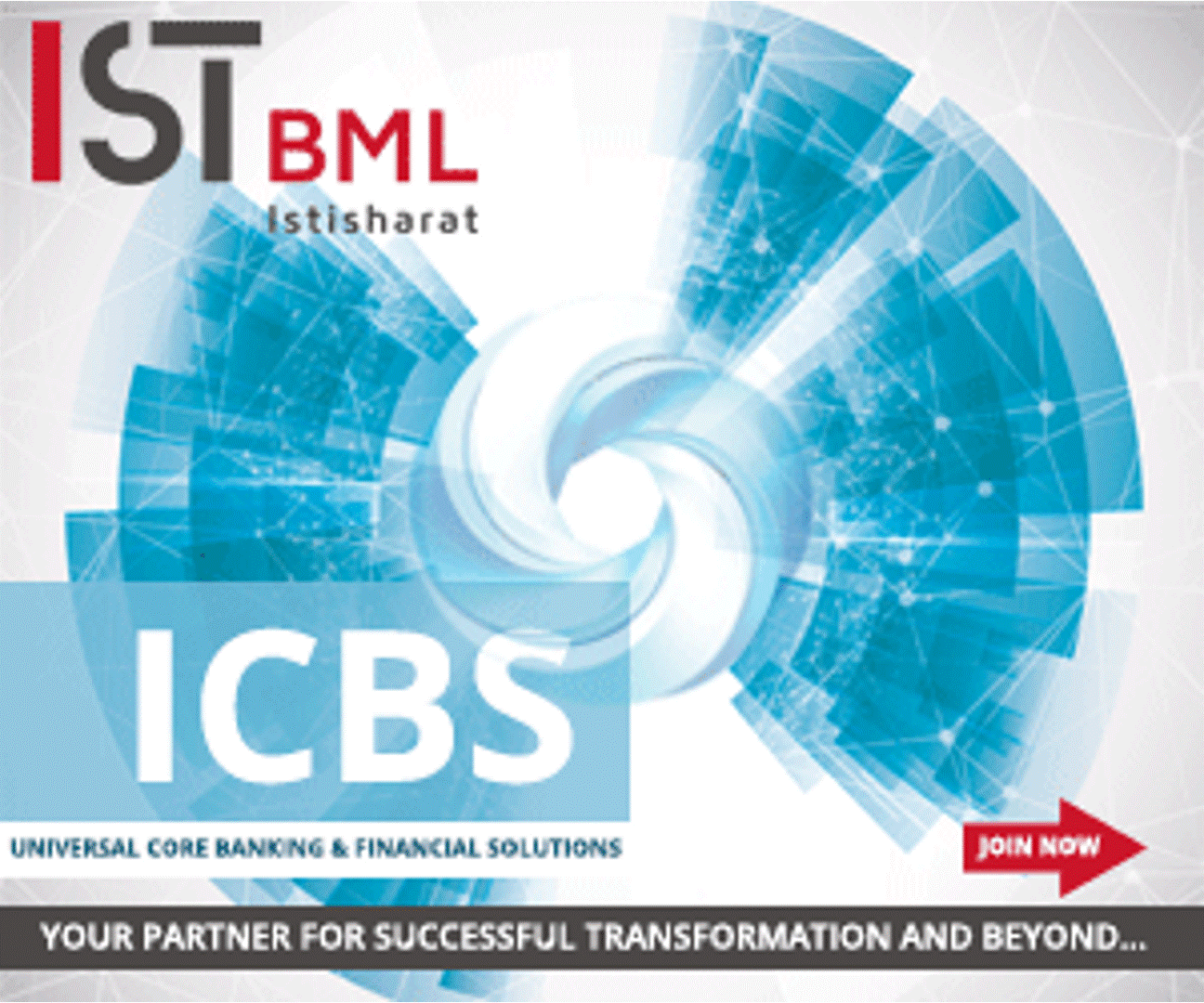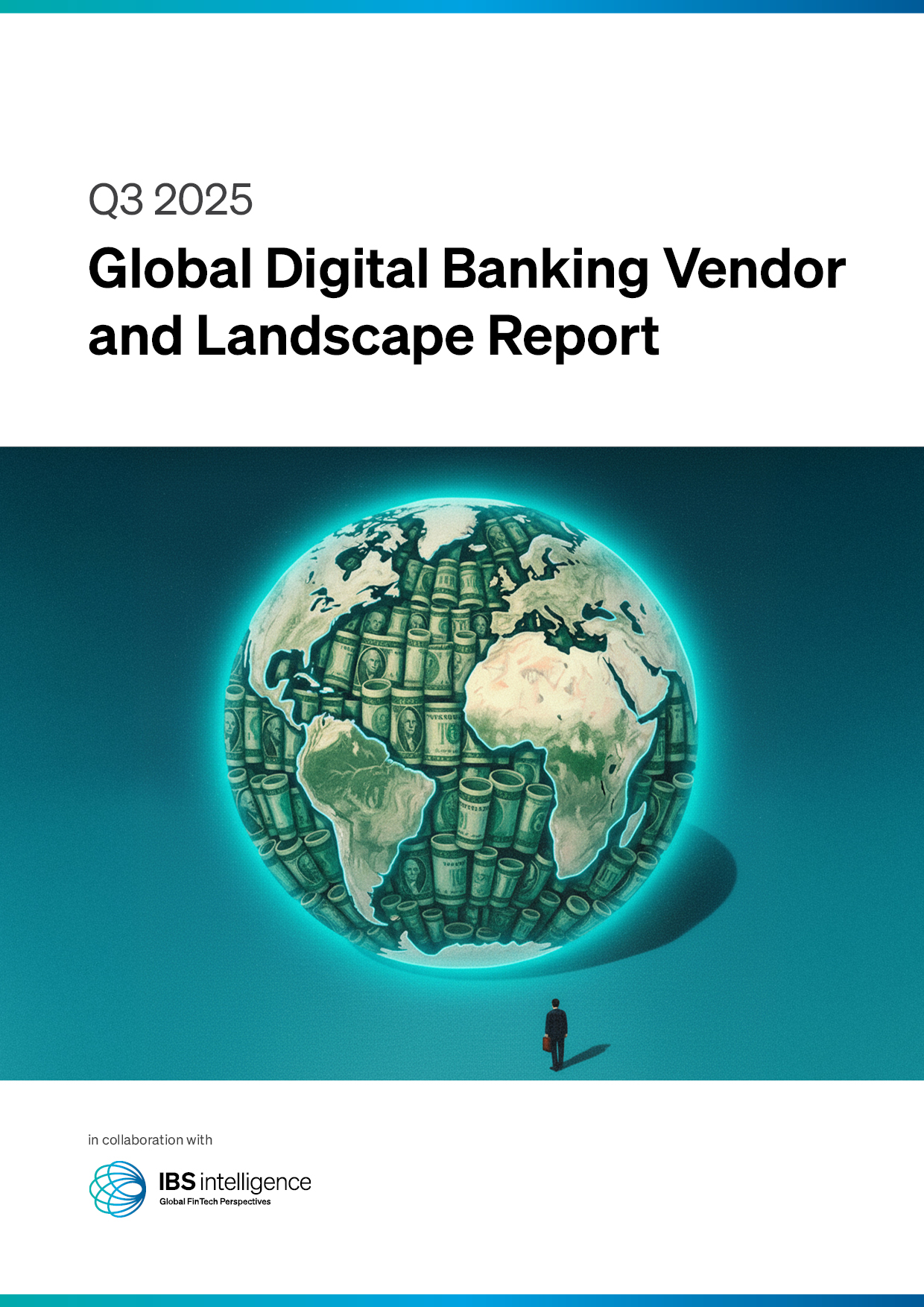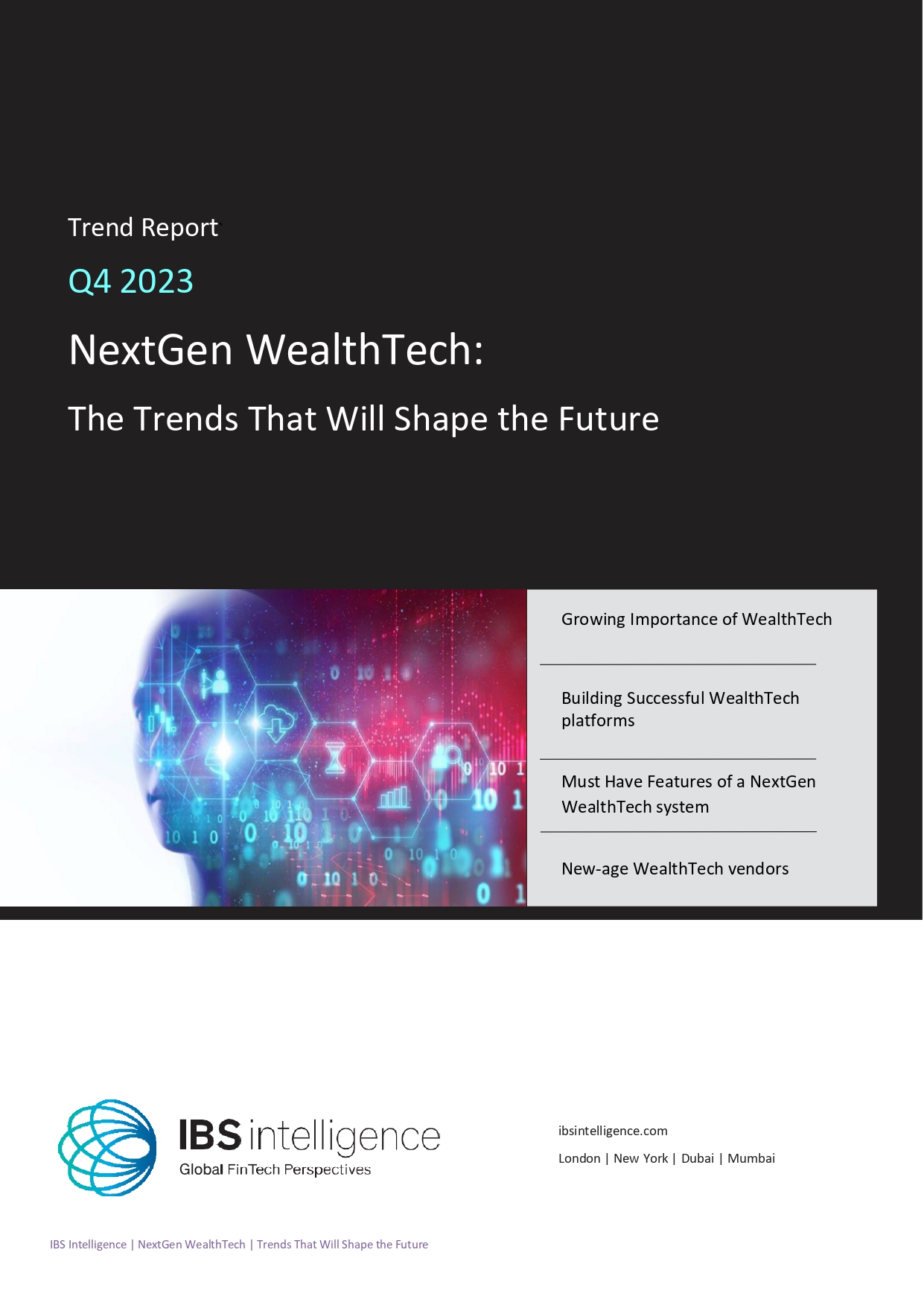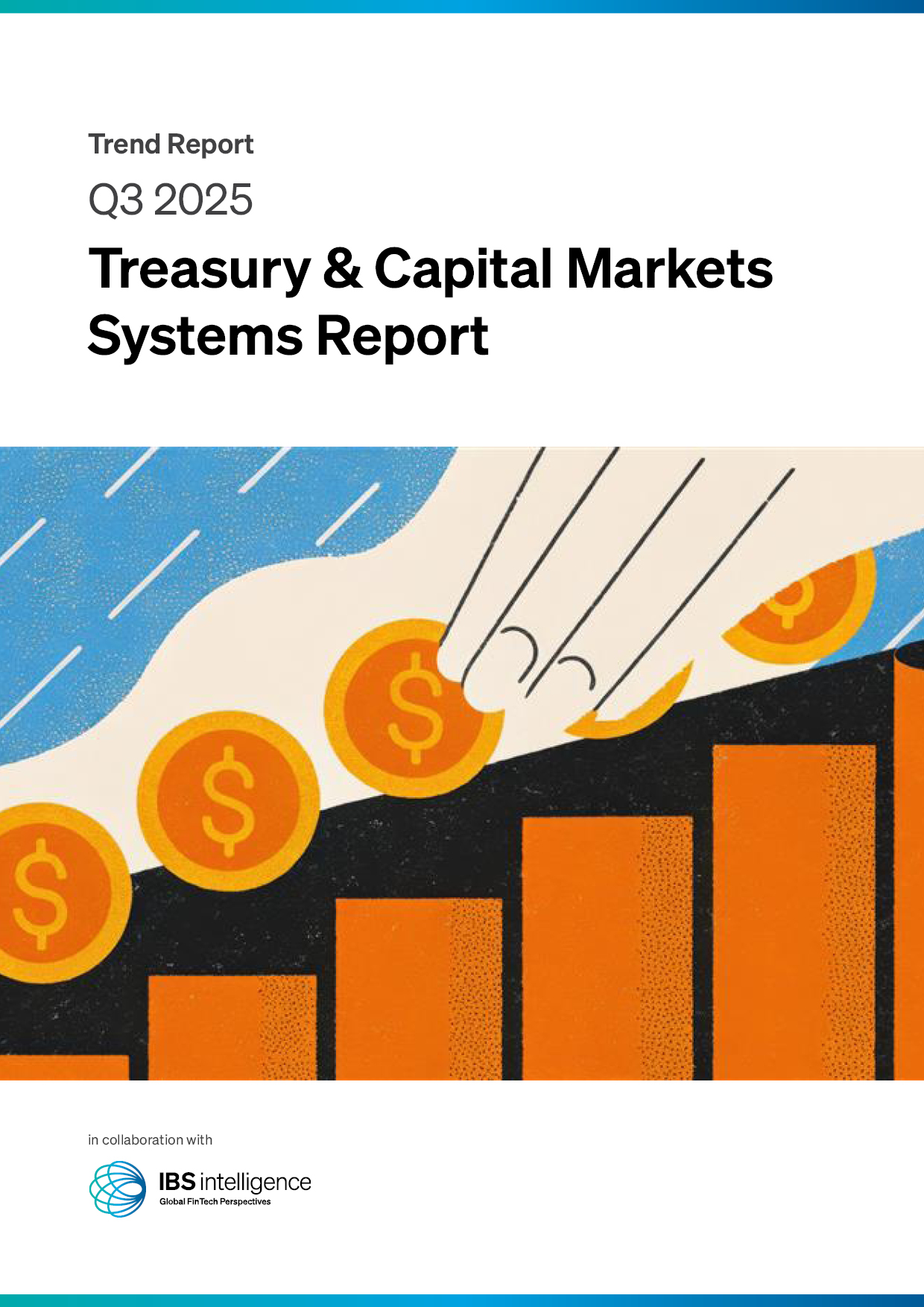 Back
Back
Emerging markets ahead in embracing CBDCs
By Puja Sharma

The survey findings reveal a sharp difference in attitudes towards CBDCs between consumers in developed and developing countries.
Emerging nations embrace CBDCs more than Developed nations– research released by international technology group Giesecke+Devrient (G+D), an independent think tank Official Monetary Financial Institutions Forum (OMFIF) reveals emerging countries are ready to use CBDCs.
The report includes valuable insights into consumers’ attitudes towards a legal digital means of payment. It was conducted in four countries: Germany, Indonesia, Nigeria, and the US with over 3,000 respondents. The survey intended to get an impression on consumer expectations and concerns from developed and emerging countries and what the distinctions were between these economies.
The survey findings reveal a sharp difference in attitudes towards CBDCs between consumers in developed and developing countries. In Nigeria – where a pilot CBDC project was launched in October – 91% of respondents say they are likely to use CBDCs, with 60% of consumers saying so in Indonesia. However, these figures fall to just 24% in the US and 14% in Germany.
Central banks need to work with the private sector to ensure the widespread availability of central bank digital currencies (CBDC) for consumers and educate them about the potential benefits in terms of speed, security, and low cost.
“Central bank digital currencies present a historic chance to create a new universal form of money. The acceptance of the consumers and its use is key for the success of any digital currency provided by a central bank. This study looks at how CBDC as a basic currency infrastructure could be a driver for digital innovation, boost the growth of the digital economy and extend financial inclusion,” said Dr Wolfram Seidemann, CEO of G+D Currency Technology. ‘It is a call to action to intensify the debate on the future of money.’
This suggests CBDCs could offer a ‘leapfrog’ moment in payments in emerging markets, where systems are less developed, compared to countries such as the US and Germany, where consumers have many established payment options already.
Awareness of digital currencies
Awareness of digital currencies is also much higher in emerging markets: more than 40% of consumers in both Nigeria and Indonesia are familiar with the concept of CBDCs, compared to just 15% in the US, although half of the American consumers say they have heard of cryptocurrencies such as bitcoin rather than CBDCs.
- Awareness of digital currencies is much higher in emerging markets. More than 40% of consumers in both Nigeria and Indonesia are familiar with the concept of CBDCs, compared to just 15% in the US
- Consumers’ attachment to cash payments remains strong – cash is one of the three most frequently used payment methods for 74% of consumers across the four jurisdictions
- Safety and availability are the key concerns of consumers regarding digital payments overall, with more than 27% saying they are not sure such payments are safe or that merchants can accept them
Other key findings
- Consumers’ attachment to cash payments remains strong, despite digital developments and the impact of Covid-19. Cash is one of the three most frequently used payment methods for 74% of consumers across the four jurisdictions.
- Safety and availability are the key concerns of consumers regarding digital payments overall, with more than 27% saying they are not sure such payments are safe or that merchants can accept them.
- Central bank digital currencies could address these concerns: security and universality are cited by consumers as the two key potential benefits of CBDCs, by 33% and 29% of consumers respectively.
- Consumers who say they would be prepared to use CBDCs see a wide range of potential uses, as a complement to payment apps, cards, mobile wallets, and cash, as well as a tool for financial inclusion.
“While many of the smartest minds in finance and technology debate the design, function, and scope of CBDCs, it is vitally important to remember a point that is often forgotten: that for digital currencies to have their desired impact in terms of speed, low-cost and ease of payments, and to achieve policy goals such as financial inclusion, then customers must be prepared to use them. This report seeks to address this key issue: will consumers use digital currencies?” said John Orchard, chief executive officer of OMFIF.
IBSi FinTech Journal
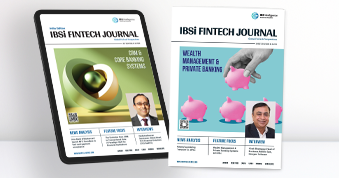
- Most trusted FinTech journal since 1991
- Digital monthly issue
- 60+ pages of research, analysis, interviews, opinions, and rankings
- Global coverage

